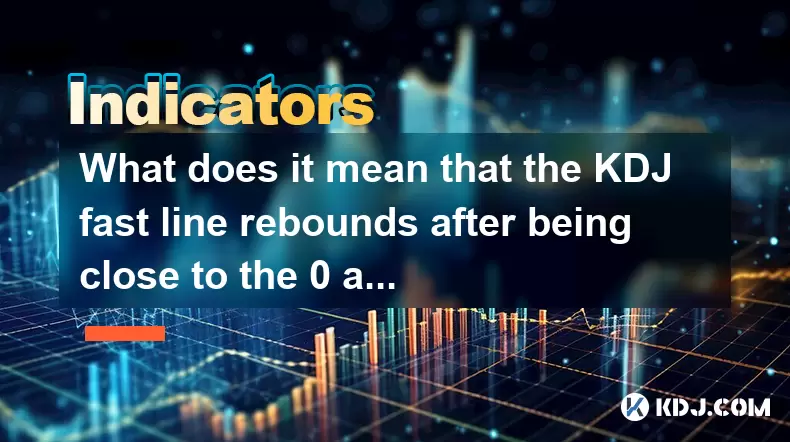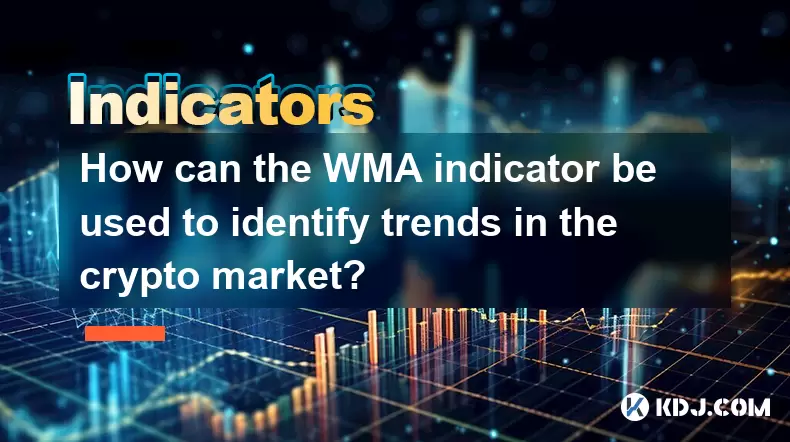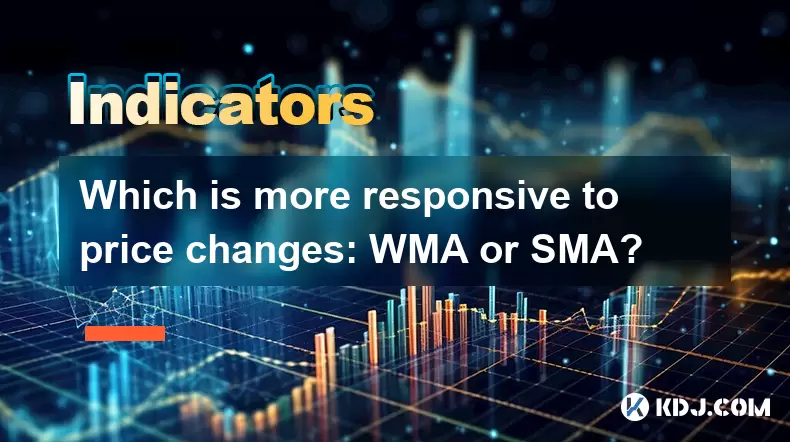-
 Bitcoin
Bitcoin $118300
-0.58% -
 Ethereum
Ethereum $3825
0.11% -
 XRP
XRP $3.137
-0.71% -
 Tether USDt
Tether USDt $0.9999
-0.01% -
 BNB
BNB $803.9
-3.37% -
 Solana
Solana $181.5
-1.94% -
 USDC
USDC $0.9999
0.01% -
 Dogecoin
Dogecoin $0.2238
-2.51% -
 TRON
TRON $0.3358
2.12% -
 Cardano
Cardano $0.7844
-2.16% -
 Hyperliquid
Hyperliquid $43.31
-1.48% -
 Sui
Sui $3.807
-4.04% -
 Stellar
Stellar $0.4203
-1.96% -
 Chainlink
Chainlink $17.79
-3.00% -
 Bitcoin Cash
Bitcoin Cash $567.8
-1.34% -
 Hedera
Hedera $0.2614
-4.30% -
 Avalanche
Avalanche $24.19
-4.46% -
 Litecoin
Litecoin $109.2
-0.74% -
 UNUS SED LEO
UNUS SED LEO $8.969
-0.01% -
 Toncoin
Toncoin $3.404
3.97% -
 Ethena USDe
Ethena USDe $1.001
-0.01% -
 Shiba Inu
Shiba Inu $0.00001307
-3.19% -
 Uniswap
Uniswap $10.33
-1.23% -
 Polkadot
Polkadot $3.884
-4.06% -
 Monero
Monero $312.9
-1.87% -
 Dai
Dai $1.000
0.01% -
 Bitget Token
Bitget Token $4.537
-2.24% -
 Pepe
Pepe $0.00001156
-3.40% -
 Cronos
Cronos $0.1437
-0.89% -
 Aave
Aave $282.8
-2.77%
What does it mean that the KDJ fast line rebounds after being close to the 0 axis for a long time?
When the KDJ fast line (%K) rebounds from near 0 after lingering there for 3-5 candles, it signals potential bullish reversal in crypto, especially if confirmed by volume and %D crossover.
Jul 29, 2025 at 01:07 pm

Understanding the KDJ Indicator in Cryptocurrency Trading
The KDJ indicator is a momentum oscillator widely used in cryptocurrency technical analysis. It combines elements of the Stochastic Oscillator and adds a third line known as the J line to provide deeper insight into price momentum and potential reversal points. The KDJ consists of three lines: the %K (fast line), the %D (slow line), and the %J (divergence line). These lines fluctuate between 0 and 100, helping traders identify overbought and oversold conditions. When analyzing price movements in volatile markets like cryptocurrency, the behavior of the KDJ fast line (%K) near the 0 axis can signal important shifts in market sentiment.
Significance of the Fast Line Approaching the 0 Axis
When the KDJ fast line (%K) moves close to the 0 axis and remains there for an extended period, it typically indicates that the asset is in an extremely oversold condition. This means that selling pressure has been dominant, and the price has declined significantly over the observation period, often without strong corrective rebounds. In cryptocurrency markets, where volatility is high, prolonged proximity to the 0 level may reflect capitulation or exhaustion among sellers. The extended stay near 0 suggests that most short-term bearish momentum has been expended, setting the stage for a potential reversal if buying interest begins to emerge.
What a Rebound from the 0 Axis Indicates
A rebound of the KDJ fast line from near the 0 axis after a prolonged stay is considered a bullish signal. This movement suggests that downward momentum is weakening and buyers are starting to enter the market. In practical terms, when the %K line begins to rise from values near 0, it reflects increasing upward price pressure over the selected time frame (commonly 9 periods). This shift can precede a price uptick, especially if confirmed by volume increases or other technical indicators. For cryptocurrency traders, this signal is particularly valuable in identifying early-stage reversals in assets that have undergone sharp corrections.
How to Confirm the Validity of the Rebound Signal
To increase the reliability of the KDJ fast line rebound signal, traders should incorporate additional confirmation techniques:
- Check for crossover with the %D line: A bullish signal strengthens when the %K line crosses above the %D line shortly after the rebound from near 0.
- Observe the J line behavior: If the J line, which is more sensitive, also turns upward from below 0, it reinforces the potential for a bullish reversal.
- Analyze volume trends: A noticeable increase in trading volume during the rebound supports the idea that institutional or large retail buyers are stepping in.
- Align with support levels: If the rebound coincides with a known horizontal support level or a Fibonacci retracement level, the signal gains further credibility.
- Cross-verify with other indicators: Use RSI, MACD, or moving averages to confirm that momentum is shifting upward.
Step-by-Step Guide to Monitoring KDJ Rebounds on Crypto Charts
To effectively monitor and act on KDJ fast line rebounds in cryptocurrency trading, follow these steps:
- Open a trading platform that supports KDJ, such as TradingView, Binance, or Bybit.
- Select the cryptocurrency pair you wish to analyze, for example, BTC/USDT or ETH/USDT.
- Apply the KDJ indicator to the chart. Default settings are usually 9,3,3 (9-period stochastic, 3-period smoothing for %D, and J = 3 × %K - 2 × %D).
- Adjust the time frame based on your trading strategy—1-hour, 4-hour, or daily charts are commonly used for reliable signals.
- Identify periods where the %K line lingers near 0 for multiple candlesticks, indicating sustained oversold conditions.
- Watch for the %K line to begin rising—this is the initial sign of momentum shift.
- Wait for the %K to cross above the %D line within the oversold zone (below 20) to confirm a valid buy signal.
- Set entry points slightly above the current price if using market orders, or place a limit order near recent swing lows.
- Place a stop-loss below the recent price low to manage risk.
- Use take-profit levels based on resistance zones or trailing stops to capture gains.
Common Misinterpretations and Risk Management
While a KDJ fast line rebound from near 0 is generally bullish, it is not a guaranteed reversal signal. In strong downtrends, the indicator may show false rebounds where the price continues to fall despite temporary momentum shifts. This is known as a bull trap. To mitigate such risks:
- Avoid entering trades based solely on KDJ signals without confirmation from price action or volume.
- Consider the broader market context—for example, a rebound during a bearish Bitcoin trend may lack sustainability in altcoins.
- Use position sizing to limit exposure, especially in low-liquidity cryptocurrencies.
- Monitor on-chain data or funding rates in futures markets to assess whether the rebound aligns with broader market health.
Frequently Asked Questions
What time frame is best for observing KDJ fast line rebounds in crypto?
The 4-hour and daily charts are most effective for identifying reliable KDJ rebounds. Shorter time frames like 5-minute or 15-minute charts generate frequent but often misleading signals due to market noise. Higher time frames provide clearer momentum trends and reduce false positives.
Can the KDJ fast line go below 0?
Technically, the %K and %D lines are bounded between 0 and 100 under standard calculation, so they cannot go below 0. However, the J line can extend below 0 or above 100 due to its formula (J = 3 × %K - 2 × %D). A J line below 0 with a %K rebound from near 0 can indicate extreme oversold conditions.
Does the KDJ work the same across all cryptocurrencies?
The KDJ functions similarly across all crypto assets, but its effectiveness varies with market liquidity and volatility. It performs better in major pairs like BTC/USDT or ETH/USDT due to consistent volume. In low-cap altcoins with erratic price swings, the indicator may produce unreliable signals.
How long should the fast line stay near 0 to be significant?
A minimum of 3 to 5 consecutive candlesticks near the 0 level is typically required to confirm sustained oversold pressure. A single touch and bounce may reflect minor pullbacks rather than meaningful exhaustion. The longer the %K lingers near 0, the stronger the potential reversal when it rebounds.
Disclaimer:info@kdj.com
The information provided is not trading advice. kdj.com does not assume any responsibility for any investments made based on the information provided in this article. Cryptocurrencies are highly volatile and it is highly recommended that you invest with caution after thorough research!
If you believe that the content used on this website infringes your copyright, please contact us immediately (info@kdj.com) and we will delete it promptly.
- UNITE, KuCoin, and the Future of Mobile Gaming: A New York Minute on Web3
- 2025-07-30 16:30:12
- Strategy, Bitcoin, Investment: Riding the Crypto Wave Like a Pro
- 2025-07-30 16:30:12
- JD.com, Jcoin, and Stablecoins: Hong Kong's Regulatory Embrace
- 2025-07-30 16:50:11
- Pi Network, Onramp Money, and Wallet Fails: What's the Deal?
- 2025-07-30 16:50:11
- PENGU Price Primed for Liftoff? Bullish Rally Signals Emerge
- 2025-07-30 16:55:12
- Dogecoin's Wild Ride: Token Unlocks, Circulation, and the $1 Dream
- 2025-07-30 16:55:12
Related knowledge

What are the best WMA settings for day trading crypto?
Jul 30,2025 at 03:43pm
Understanding WMA in the Context of Crypto Day TradingThe Weighted Moving Average (WMA) is a technical indicator that assigns greater importance to re...

How can the WMA indicator be used to identify trends in the crypto market?
Jul 30,2025 at 04:56pm
Understanding the WMA Indicator in Cryptocurrency TradingThe Weighted Moving Average (WMA) is a technical analysis tool that assigns greater importanc...

What are the advantages of using the WMA indicator for crypto?
Jul 30,2025 at 03:21pm
Understanding the WMA Indicator in Cryptocurrency TradingThe Weighted Moving Average (WMA) is a technical analysis tool widely used in cryptocurrency ...

Which is more responsive to price changes: WMA or SMA?
Jul 30,2025 at 05:00pm
Understanding Weighted Moving Average (WMA)The Weighted Moving Average (WMA) assigns greater importance to recent price data, making it inherently mor...

What are the main differences between WMA, SMA, and EMA in crypto?
Jul 30,2025 at 02:50pm
Understanding the Role of Private Keys in Cryptocurrency WalletsEvery cryptocurrency wallet operates based on cryptographic principles, with the priva...

How is the WMA indicator calculated in cryptocurrency trading?
Jul 30,2025 at 02:35pm
Understanding the Weighted Moving Average (WMA) in Cryptocurrency TradingThe Weighted Moving Average (WMA) is a technical analysis tool widely used in...

What are the best WMA settings for day trading crypto?
Jul 30,2025 at 03:43pm
Understanding WMA in the Context of Crypto Day TradingThe Weighted Moving Average (WMA) is a technical indicator that assigns greater importance to re...

How can the WMA indicator be used to identify trends in the crypto market?
Jul 30,2025 at 04:56pm
Understanding the WMA Indicator in Cryptocurrency TradingThe Weighted Moving Average (WMA) is a technical analysis tool that assigns greater importanc...

What are the advantages of using the WMA indicator for crypto?
Jul 30,2025 at 03:21pm
Understanding the WMA Indicator in Cryptocurrency TradingThe Weighted Moving Average (WMA) is a technical analysis tool widely used in cryptocurrency ...

Which is more responsive to price changes: WMA or SMA?
Jul 30,2025 at 05:00pm
Understanding Weighted Moving Average (WMA)The Weighted Moving Average (WMA) assigns greater importance to recent price data, making it inherently mor...

What are the main differences between WMA, SMA, and EMA in crypto?
Jul 30,2025 at 02:50pm
Understanding the Role of Private Keys in Cryptocurrency WalletsEvery cryptocurrency wallet operates based on cryptographic principles, with the priva...

How is the WMA indicator calculated in cryptocurrency trading?
Jul 30,2025 at 02:35pm
Understanding the Weighted Moving Average (WMA) in Cryptocurrency TradingThe Weighted Moving Average (WMA) is a technical analysis tool widely used in...
See all articles

























































































